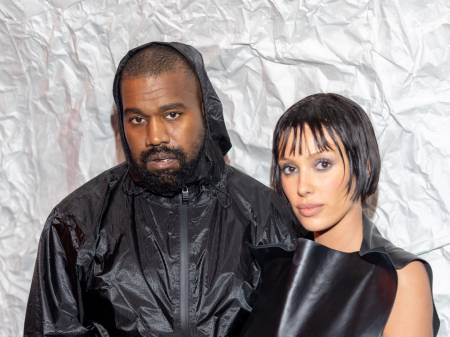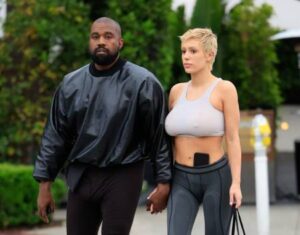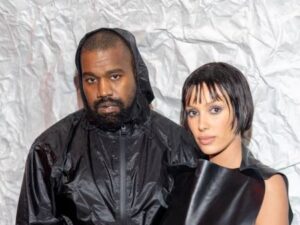Even though Spider-Man: No Way Home has given us reason to remain hopeful about the current commercial prospects of the movie industry, this year looks to be another uncertain one. After spending the past two years getting movie lovers even more accustomed to watching new films at home than they already were, it’s hard to be optimistic that 2022 will see audiences returning to theaters in greater numbers than they did in 2021, let alone before the pandemic.
However, it’s important to keep things in perspective and remind ourselves that the movie industry has been here before. There has always been this threat that movies are just a fad or that television will eventually replace it, and yet somehow Hollywood always finds a way to bounce back. Throughout these different cycles, certain film genres always emerge that capture audiences’ imagination and, in the process, continue to make the movies a viable form of mass entertainment. That said, since these things are always cyclical, even the most dominant of film genres eventually die out and are replaced by some newer, more exciting genre that starts this cycle all over again. So let’s take a look at some of these once massive genres and their continued impact on subsequent generations of films.
The Western (peak era: 1930s-60s)

Westerns are probably the first place your mind goes when you think of a genre that used to dominate the movies as a cultural force but now rarely has mass appeal. The history of the Western is in many ways a reflection of the evolution of movies themselves, as one of the very earliest breakthrough films was Edwin S. Porter‘s 1903 Western short, The Great Train Robbery. Additionally, the emergence of the Western is very much linked to movie studios making their early move from New York to Los Angeles, where the dusty terrain and constant sunlight of Southern California made it a natural fit for the genre. Throughout the silent and early sound era, Westerns would continue to be popular (with occasional break-out hits like the Oscar-winning Cimarron), but they were mostly aimed at younger audiences and were produced for very little money (inspiring the term “Poverty Row Westerns”).
However, that all changed with the release of 1939’s Stagecoach, a film that would not only elevate the kinds of stories that Westerns could tell, but also saw the teaming of the two men who would carve the Western’s legacy in stone — director John Ford and a then lowly-regarded B-movie star named John Wayne. Through the ‘40s and ‘50s, the Western would prove to be an enduring genre because it was incredibly malleable, not only in that it could be successful when combined with other genres (like the Bob Hope comedy The Paleface or the musical Annie Get Your Gun), but also because it could be used to thoughtfully dissect moral dilemmas (like in Ford’s The Searchers, William A. Wellman’s The Ox-Bow Incident, or the films of Anthony Mann).
However, by the mid-1950s, movie Westerns were in danger of having some of their thunder stolen by television, as the genre had migrated to this new medium with shows like Gunsmoke and Bonanza. This resulted in filmmakers embracing the expanse and scope of the Western by emphasizing films that (unlike TV) were shot in widescreen and color, which helped amp up the grandiosity of the genre. Perhaps the peak of this battle between TV and movie Westerns happened with the release of 1962’s How The West Was Won, which employed the use of Cinerama, a newfangled approach to screen projection that created a curved look to the screen that involved using three different projectors (and was a nightmare for filmmakers).
Despite the resiliency of the Western throughout Hollywood’s first half-decade, by the time the 1960s rolled around, tastes were starting to change as was the public’s appetite for this genre that could only reinvent itself so many times. Still, directors like Sergio Leone and Sam Peckinpah were able to reinvigorate the genre with a more radical approach that gave the Western one last breath of vitality. The 1970s saw Clint Eastwood movies being really the Western’s only consistent draw, and, by the 1980s, the genre was effectively a shadow of its former self. That said, the genre has occasionally reemerged with the likes of Unforgiven, 3:10 To Yuma, Django Unchained, and countless others, since it’s a genre that a lot of prominent directors still have a lot of admiration for, even if it’s hard to imagine it will ever be able to recreate its 20th-century popularity.
The War Movie (peak era: 1940s-60s)

Though there were a number of stand-out war movies during the early sound era (like 1930’s All Quiet On The Western Front), the genre came to dominate the American box office as World War II was raging in the early-to-mid-1940s with hits like This Is The Army and Thirty Seconds Over Tokyo. The more successful war movies of this period were fairly patriotic and propagandistic, while only the occasional movie centered around World War II — like Mrs. Miniver or Casablanca —would depict the toll that the war took on the people living through it. This is most likely because Hollywood would in many ways become an extension of the U.S. war effort, as some of its top directors like Ford, Frank Capra, and John Huston were recruited to film propaganda documentaries for the U.S. Army (which is chronicled in Mark Harris’ fantastic book Five Came Back). One of these directors, William Wyler, came back from the war and made The Best Years of Our Lives, about four soldiers returning from war to their hometown, which somehow managed to paint a much more nuanced picture of World War II while also becoming the top-grossing film of 1946.
While many of the great war movies of the ‘50s and early ‘60s were somewhat less gung-ho than those of the ‘40s that aimed to unite the nation, they still entrenched an idealized version of war that’s hard to avoid when representing it on screen. (As François Truffaut once said, “there’s no such thing as an anti-war film”) This resulted in a formula of depicting war that was not well-suited for the Vietnam era. A notorious example of this was 1968’s The Green Berets, a John Wayne movie tackling the then-unfolding war in Vietnam while applying the same patriotic slant of Wayne’s earlier WWII movies. The movie received a rare 0 out of 4 stars from a young critic named Roger Ebert and inspired Oliver Stone to write Platoon, since The Green Berets painted such a phony picture of that divisive war.
By the late ‘70s, the Movie Brats that had upended Hollywood also managed to capture Vietnam in a more appropriate way with films like Hal Ashby’s Coming Home, Michael Cimino’s The Deer Hunter, and Francis Ford Coppola’s Apocalypse Now. Though Apocalypse Now was overall a critical and commercial hit, the exhausting ordeal that it was to get made soured the studios on war movies, especially when the types of complicated stories appropriate for the Vietnam War were less marketable than the sci-fi escapism made popular by Star Wars. In the decades since, the war movie has made the occasional comeback, particularly when 1998 saw the release of World War II throwbacks Saving Private Ryan and The Thin Red Line. However, the public’s continued mixed feelings toward the necessity of war has likely kept it from ever being that dominant of a genre, while the fact that most modern war movies are period pieces makes it consistently feel like a genre that belongs to the past.
The Sword-and-Sandal/Biblical Epic (peak era: 1950s-60s)

The “sword-and-sandal” term was first used to describe the kinds of schlocky Italian movies made in the 1960s, but it could easily be applied to the Hollywood epics set in Ancient Rome or Biblical times that they aspired to imitate. Much like the past two genres, the ancient epic was a genre that had produced the occasional blockbuster prior to its peak, most notably with the films of Cecile B. DeMille, who directed the Claudette Colbert-starring Cleopatra, the top-grossing movie of 1934. However, these sword-and-sandal films really started to pick up steam in the early ‘50s due to the massive success of now-mostly-forgotten movies like The Robe and Quo Vadis. Meanwhile, DeMille would ride the success of these films featuring clashing swords and questionable British accents that he’d helped create with his own Biblical hits like 1949’s Samson and Delilah and 1956’s The Ten Commandments.
This is another genre whose popularity you can chalk up to the scope, production value, and technicolor thrills that you just couldn’t get on the small screen. You can also see the appeal of these movies to both audiences and the filmmakers who made them in how they’re able to wrestle with the puritanical nature of ‘50s America. On the surface, the strict censors of that era would have no problem letting films about the Bible or ancient Greece get made, since why would you suspect anything explicit would be present in these stories? Of course, this was a bit of Trojan Horse situation, as these films were often filled with the kind of violence, scantily-clad men and women, and homoerotic undertones that, though tame by today’s standards, were able to be snuck into these films in an era before sex and violence became more prevalent.
The peak of the sword-and-sandal epic came at the turn of the ‘60s, as Ben-Hur would be the top-grossing movie of 1959, and the next year Spartacus would end up being the next year’s top-grossing film. However, much like Rome, its golden age couldn’t last forever. The decline of these movies had just as much to do with the cost of making them as audiences’ waning appetite for them. 1963’s Cleopatra starring Elizabeth Taylor was a turning point in this regard, as it took almost three years to complete and nearly bankrupted 20th Century Fox in the process. Even though the film ended up being the highest-grossing movie of 1963, it still didn’t make its money back — a misstep which, along with the emergence of the Italian Peplum movies mentioned earlier, had diminished the stock of these movies considerably. It’s a genre that has been resurrected with some success in recent decades, most notably with 2000’s Gladiator and 2007’s 300, the latter of which begat modest box office hits like 2010’s Clash of The Titans and 2011’s Immortals. Though much like the movies they’re descended from, the gargantuan expenses of making them perhaps weren’t always worth the cost.
The Disaster Movie (peak era: 1970s with a ’90s Revival)

Though film history tends to embrace the narrative that the early-to-mid-‘70s were a time when the rebel directors of the New Hollywood generation were re-writing the rules of mainstream cinema, there was another more populist genre dominating the box office at the same time. Spurred by the success of 1970’s Airport, these movies typically revolved around some large-scale catastrophic event, be it a sinking ship, a burning skyscraper, or a cataclysmic earthquake. They also often employed a large ensemble of well-known actors, some of whom were stars of the moment (like Gene Hackman in The Poseidon Adventure or Paul Newman in The Towering Inferno), but also often featured stars of yesteryear (like Ernest Borgnine or Fred Astaire in those same movies).
It’s hard to pin down why exactly these movies were so popular at the time, other than that they offered grand adventures on the same scale as Cecil B. DeMille’s epics. But considering the late ‘60s and early ‘70s were this time when America was going through a severe case of societal anxiety, due to the continued war in Vietnam, assassinations, mass riots, and Nixon’s political corruption, it must have felt to moviegoers like everything was crumbling around them. So it’s not hard to make the case that these movies tapped into this mindset, even if they’re a little too cliché-ridden and fantastical to be an accurate reflection of those times.
These depictions of modern life gone awry were soon eclipsed by the escapism of Star Wars in 1977, and since then, a demand for big-budget sci-fi has never ever really left us. Hoping to combine sci-fi with the disaster genre, Poseidon director Ronald Neame helmed 1979’s Meteor, which I’m sure you’ve already guessed is about a meteor heading straight for Earth. The film was a sizable flop, which in addition to the brilliant 1980 spoof Airplane! helped cement the disaster genre as an even bigger joke than it already was. The disaster movie made a bit of a resurgence in the 1990s, spurred on by pre-Y2K paranoia and developments in CG special effects that could more easily bring these large-scale disasters to life. It saw the rise of Roland Emmerich as a half-competent auteur of this genre, while the “meteor headed toward Earth” premise proved much more successful with the release of 1998’s Armageddon and Deep Impact (not to mention the colossal impact of 1997’s Titanic). However, the disaster movie’s resurgence was short-lived, since it’s hard to think of a genre that could have been less appealing to audiences following the events of September 11, 2001.
CG-Heavy Fantasy (peak era: 2000s-10s)

Just as disaster movies were becoming obsolete during the chaotic early 21st century, a pair of CG-heavy fantasy movies came along to whisk audiences away to worlds quite unlike their own. The timing of Harry Potter and The Sorcerer’s Stone and The Lord of The Rings: The Fellowship of The Ring being released in late Fall and early Winter 2001 almost seems a little too coincidental, especially when both managed to live up to the hype of their passionate fanbases. A live-action Lord of The Rings movie had been either attempted or in talks for decades, but the ability to fully realize J.R.R. Tolkien’s world in a satisfying way really could have only happened at this particular moment. Though the Harry Potter books were a much more recent literary phenomenon at the time, their instant ubiquity with kids the world over had made a film adaptation just as urgent, while the world of Hogwarts contained within their pages was just as in need of CG effects to bring them to life.
With the success of these movies and their subsequent installments, other literary fantasy series were brought to the screen with relative success, such as The Chronicles of Narnia and Percy Jackson movies. The Harry Potter movies in particular instigated a trend of adapting young adult books from other genres into blockbuster franchises (where the last book always seems to be split into two movies) such as the Twilight and Hunger Games series. Since the decline of this genre is a little more recent and offers less hindsight, the reasons for its decline are harder to pinpoint, though there are a few potential ones. First, much like Cleopatra before it, The Hobbit trilogy was overall a financial success, but its mostly apathetic reaction from critics and audiences made it perhaps not worth the toll it had taken on director Peter Jackson. Additionally, the success of HBO’s Game of Thrones made it so that viewers could just stay at home instead of going to a theater if they wanted to experience top-notch fantasy on a grand scale.
There’s also the fact that because these series rely on books to be adapted from, there’s only a finite amount of source material that can be turned into movies. This, of course, is not a problem for the superhero genre, which relies on the constant serialization of comic books and their limitless potential for sequels and spin-offs. Although superhero movies undoubtedly replaced the dominance of these epic fantasy movies by the late 2010s, only time will tell whether their reign will continue, or if some other new genre will come along to replace them and get people coming back to the movies all over again.
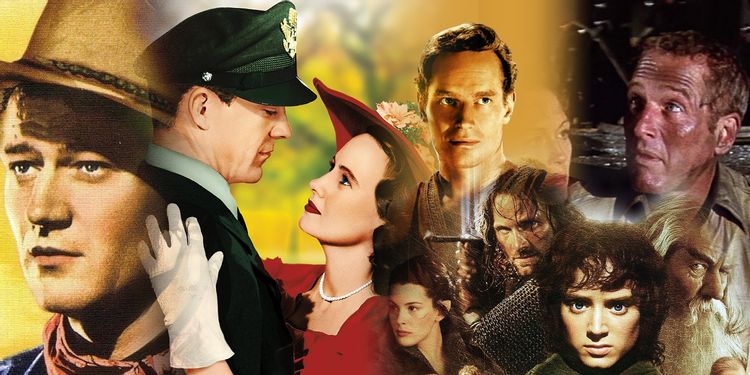
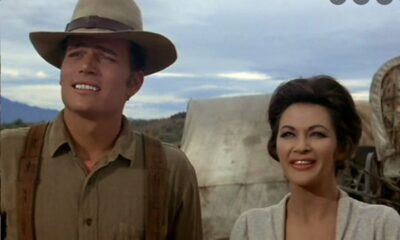
 Entertainment1 year ago
Entertainment1 year ago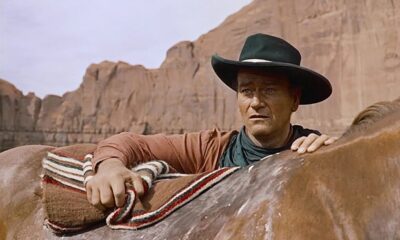
 Entertainment1 year ago
Entertainment1 year ago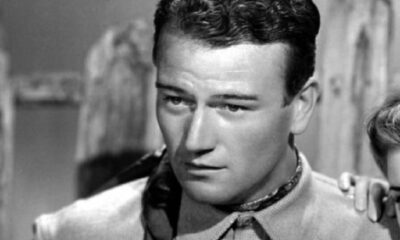
 Entertainment1 year ago
Entertainment1 year ago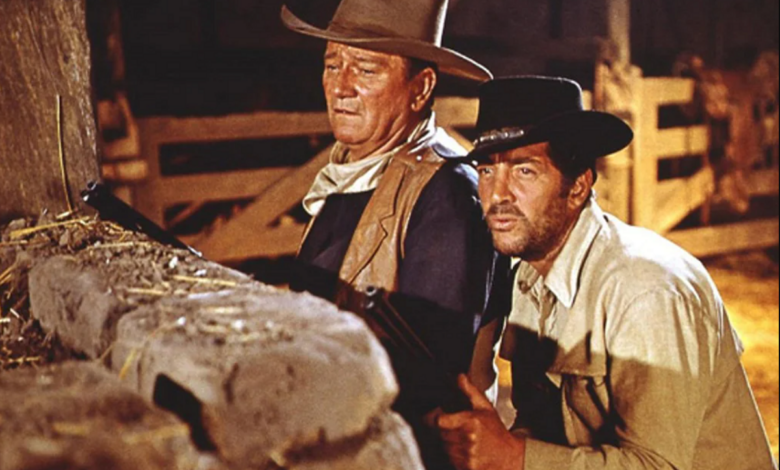
 Entertainment2 years ago
Entertainment2 years ago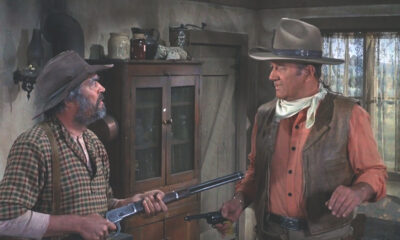
 Entertainment1 year ago
Entertainment1 year ago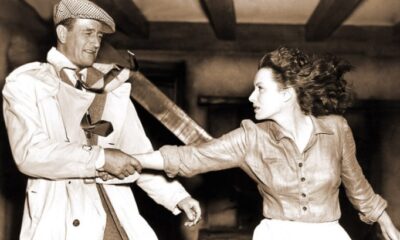
 Entertainment1 year ago
Entertainment1 year ago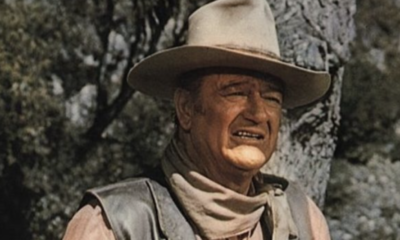
 Entertainment1 year ago
Entertainment1 year ago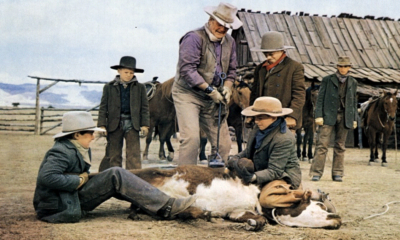
 Entertainment1 year ago
Entertainment1 year ago








